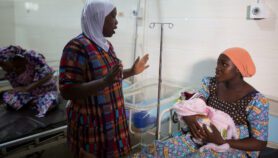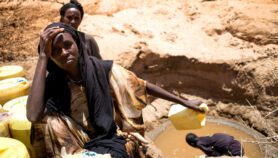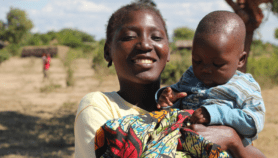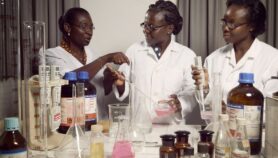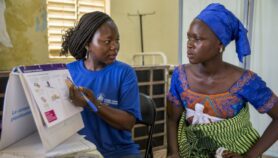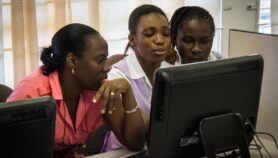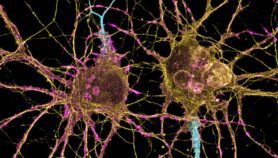Send to a friend
The details you provide on this page will not be used to send unsolicited email, and will not be sold to a 3rd party. See privacy policy.
Science and engineering academies across the world have been urged to provide more support for women seeking to pursue a career in research, particularly for those who aspire to positions of scientific leadership.
A report published last week (20 June) by the InterAcademy Council recommends that each academy set up a committee to monitor and report on gender issues and oversee plans to increase women’s academy membership.
Scientific academies in developing countries have been told to raise awareness of science and technology among women in their communities as part of a strategy for technological capacity building.
The recommendations were made in a report entitled ‘Women for Science’ written by a 20-member panel set up two years ago by the InterAcademy Council.
The council was established by 90 science academies across the world.
The report points out that the representation of women in most fields of science and technology — particularly at leadership levels — remains well below that of men. Within the academies themselves less than five per cent of members are women.
It says "institutions have been resistant to fully opening their doors to women in science and technology" and are slow to help them deal with problems. This has led to women dropping out earlier in their scientific careers than men.
"A critical omission has been the wholehearted commitment to inclusiveness on the part of the existing science and technology leadership," says the panel, which was co-chaired by Johanna Levelt-Sengers, scientist emeritus at the US National Institute of Standards and Technology, and Manju Sharma, India’s former secretary of biotechnology.
In a foreword to the report, Levelt-Sengers and Sharma say the few women that persist in subjects such as mathematics, physical sciences and engineering typically find themselves isolated and marginalised.
"The overall participation of women scientists and engineers in the workforce continues to be very limited, and these professional women seldom reach the pinnacle of the hierarchy — at universities, in companies or anywhere else."
The panel suggests that every scientific academy should formally agree to implement good management practices that include a commitment to "full inclusion of women in science and technology".
The panel also says that academies should seek concrete ways to increase the number of female members by enlarging the pools of membership candidates to include more eligible women.
And it suggests that academies use their political influence to persuade policymakers and other leaders to bring about broader changes designed, for example, to persuade more girls to study science at school and to remove barriers to their education and employment.
Within the developing world, the panel describes the engagement and empowerment of women at the grassroots level as "essential" to building technological capacity.
To help achieve this, it recommends that academies help set up and promote science and technology "knowledge centres", where women scientists and engineers work with local people on technologies to meet local needs.


